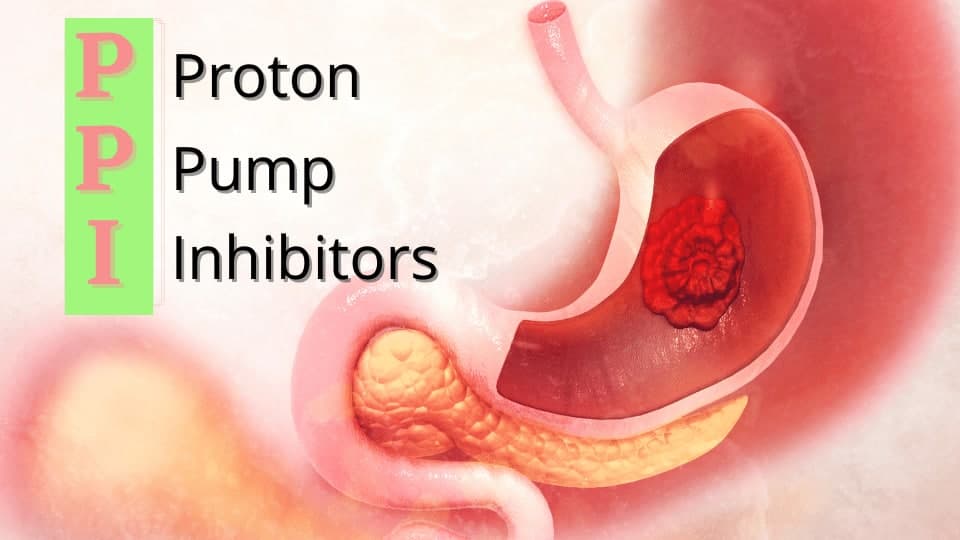Dexlansoprazole (Dexilant) belongs to a group of medicine known as proton pump inhibitors it acts by suppressing gastric acid secretion, and hence it is used to treat gastroesophageal reflux disease (GERD), peptic ulcer and duodenal ulcers.
Dexilant is the brand name of Dexlansoprazole, and it is available as delayed-release oral capsules: 30 mg and 60 mg.
| Generic name | Dexlansoprazole |
| Brand name | Dexilant |
| Drug class | Proton pump inhibitors |
| Drug group | Antiulcer |
| Black Box Warnings | None |
Dexlansoprazole is used for:
- Healing and maintenance of healing of erosive esophagitis.
-Treatment of heartburn associated with non-erosive GERD.
Erosive Esophagitis
Adults:
- Initial dose: Give 60mg once daily, for 8 weeks.
- Maintenance dose: 30 mg once daily for up to 6 months.
Heartburn associated with non-erosive GERD
Adults:
- Give 30mg once daily, for 4 weeks.
This medication is used once daily without regarding food.
The capsules should be swallowed as a whole.
If you have difficulty in swallowing the capsule, you can open the capsule and sprinkle the contents on one tablespoon of applesauce and swallow it immediately.
If you forget a dose, take the missed dose as soon as you remember.
Dexilant is contraindicated in patients that are allergic to it or its components.
It should be used with caution in patients with suspected gastric malignancy.
Safety and efficacy in children have not been established.
Pregnancy and breastfeeding
Dexlansoprazole is used during pregnancy only if the benefits to the mother outweigh the risk to the fetus.
It isn’t known if the drug appears in breast milk yet; therefore, it should be used with caution during breastfeeding..
Dexilant side effects include:
- Headache
- Diarrhea
- Abdominal pain
- Nausea
- Upper respiratory tract infection
- Vomiting
- Flatulence
Several drugs and substances that may interact with Dexlansoprazole resulting in undesired effects, such interactions may affect the effectiveness of the drug.
Interactions with Drugs
Dexilant can form drug-drug interactions with the following drugs:
| Drug entity | Nature of interaction |
| Atazanavir | This drug may decrease atazanavir levels, avoid use together |
| Clopidogrel | This dug can reduce clopidogrel’s plasma concentration and clinical effect, avoid use together |
| pH-dependent drugs (amipicillin, digoxin, ketoconazole, iron) | Dexilant can decrease the absorption of these drugs, Use them together cautiously. |
| Warfarin | May increase INR and the risk of bleeding. |
1. Kizior, R.J. and Hodgson, B.B. (2018). Saunders nursing drug handbook 2019. Philadelphia: Saunders.
2. Skidmore-Roth, L. (2015). Mosby’s drug guide for nursing students: [with 2016 update]. St. Louis: Elsevier Mosby.
3. Williams and Wolters Kluwer Health (2012). Nursing 2012 drug handbook. Philadelphia, Pa.: Wolters Kluwer Health/Lippincott Williams & Wilkins
4. Amy Morrison Karch (2014). 2014 Lippincott’s nursing drug guide. Philadelphia, Pa.: Lippincott.
5. Kolesar, J.M. (2016). Mcgraw-hill’s 2016/2017 top 300 pharmacy drug cards.
Proton Pump Inhibitors (PPIs) are used in the treatment of heartburn, gastric ulcers and various acid related disorders, Examples of PPIs include: Omeprazole, Lansoprazole and…

Pantoprazole (Protonix) belongs to a group of medicine known as PPIs. It’s commonly used to treat stomach and intestinal ulcers, acid reflux, heartburn, and Zollinger Ellison syndrome. Click to read more information about Pantoprazole.

The urethra is a muscular canal that extends from the neck of the bladder to the exterior of body. Read more about the anatomy of urethra in this article.

Chronic kidney disease (CKD) is a disease in which irreversible damage to the kidneys leads to a reduction in kidney function. CKD has 5 stages and many complications.

Learn about medical uses, safety profile, mechanisms and interactions of statins.

Comprehensive guide on Ozempic (semaglutide), including its uses, dosage, side effects, warnings, and interactions.
.png)